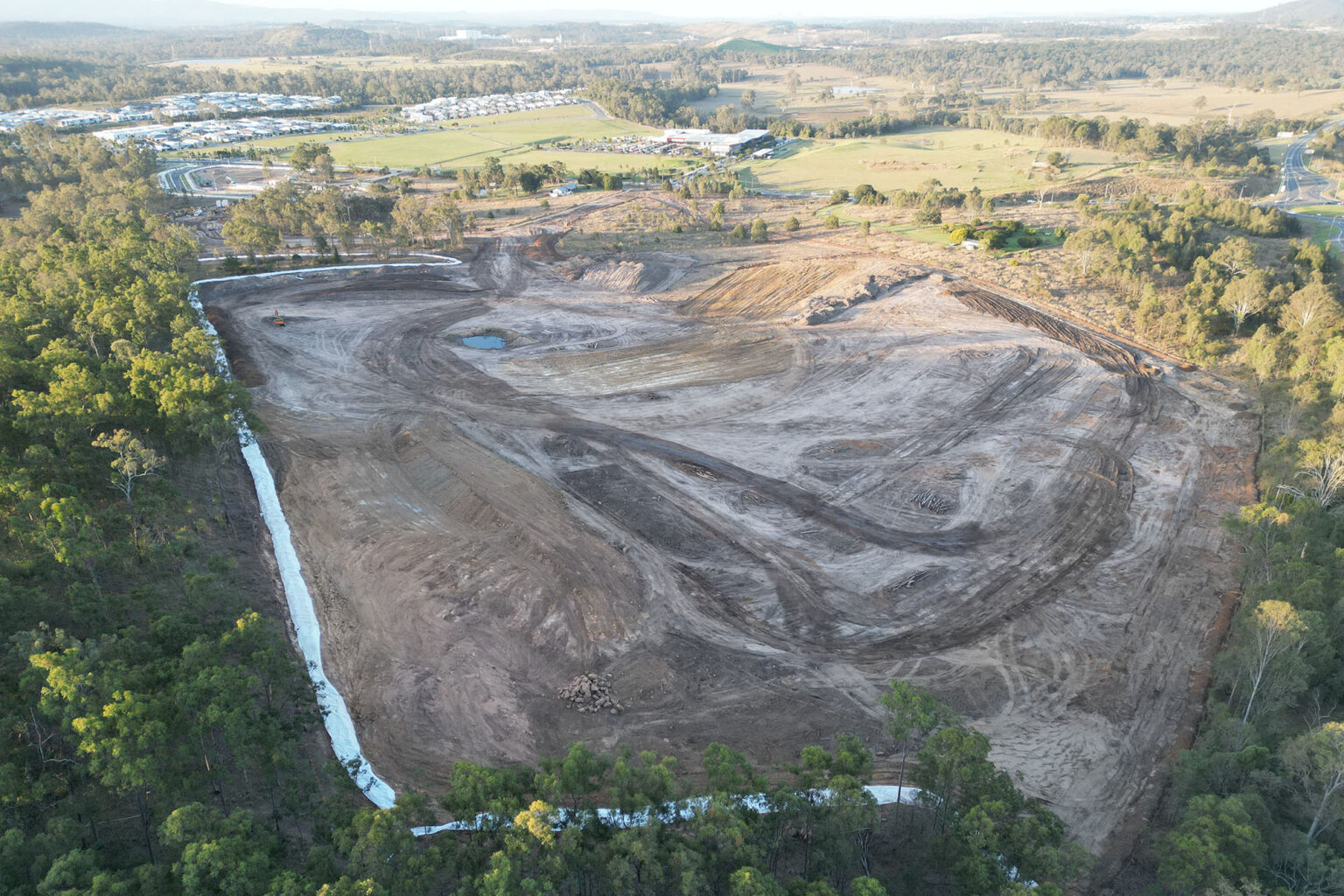Montessori play space
View Full Width
Our landscape architects created a concept design for upgrading this early learning facility’s existing lower playground space.
Spiire was engaged to provide Landscape Architecture services for the Cubbyhouse Montessori early learning facility located in Spring Hill on the northern edge of Brisbane’s CBD.
The Landscape Architecture team based in our local Brisbane office created a concept design for upgrading the Centre’s existing lower playground space. This concept responds to the constraints and challenges of the established play space and identifies opportunities to incorporate increased play value, flexibility and access to nature play within the highly urbanised setting.
Our team considered the needs of the site’s two main user groups – the Centre’s staff and children ranging from 18 months to six years old – to create a design concept that improves safety and access to the play space.
Working within the site’s constraints, including a steep slope with extensive terracing and underutilised space, our proposed design incorporates some elements of the existing structures and improves the spatial arrangement to organise the holistic space into a series of ‘play zones’.
Each play zone includes varied but simple to construct landscape interventions, which allow the Centre options to deliver in a staged approach to suit operational and budgetary constraints. The design was also carefully considered to align with the Montessori learning philosophy and the Centre’s own mission statement of respect, fostering a love of learning and supporting children to make positive choices.
The design unlocks increased amenities including an outdoor art space, elevated play platforms, sand, mud and water play, balance elements, passive play opportunities and a kitchen garden zone for learning about the garden and taking care of plants. Additional features including a native beehive, bug hotel, and sensory planting including edible and bush tucker species have been proposed to boost opportunities for children to engage with the natural environment. Our plan includes suggested planting lists that are appropriate for each element.


